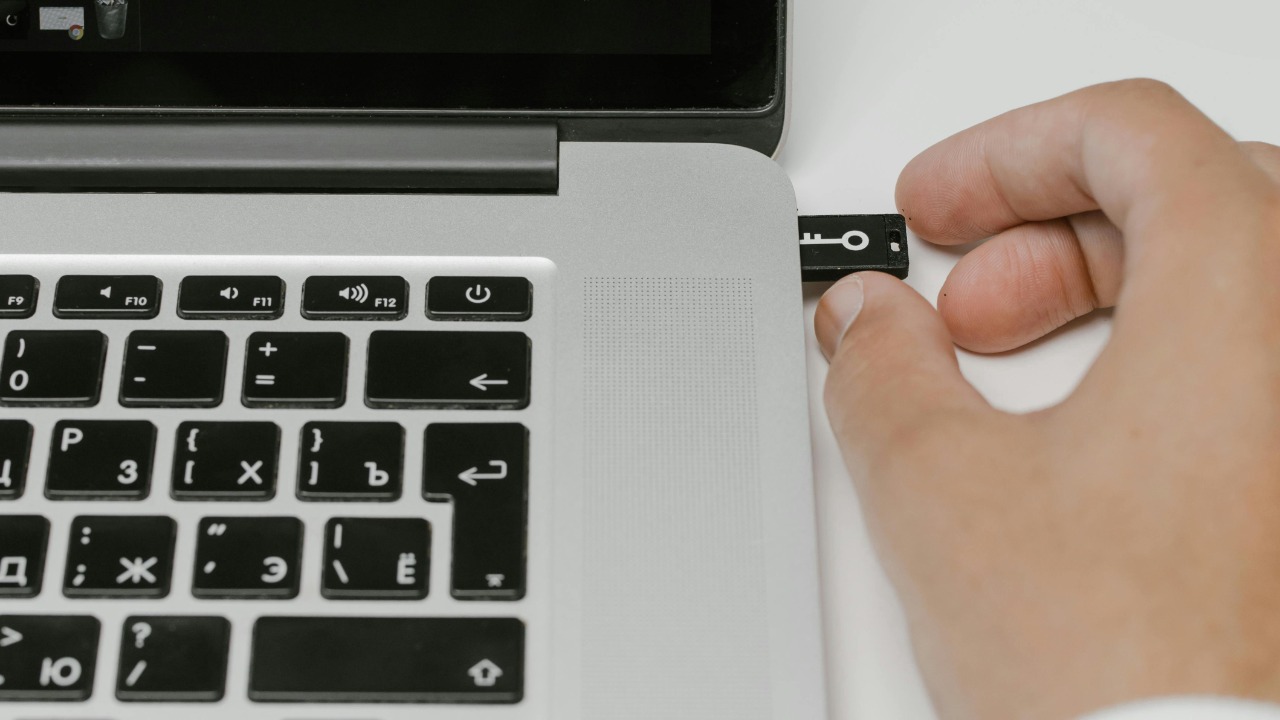
USB ports on your PC are not just for charging your devices. They can be used for a variety of other purposes that can enhance your computing experience. Here are five of the best uses for your PC’s USB ports that aren’t charging.
Expanding Port Capacity with Hubs
One of the most effective ways to utilize your PC’s USB ports is by expanding their capacity with hubs. This allows you to connect multiple devices to your PC simultaneously, enhancing its functionality. A high-quality USB hub, like the ones recommended in the “The Best USB Hubs of 2025” review, can provide additional ports for your peripherals, such as printers, scanners, and external hard drives. This not only increases your PC’s connectivity but also helps in managing your workspace more efficiently.
USB hubs come in various forms, including those with high-speed data transfer capabilities. For instance, the High Speed Data Transfer USB 3.0 Multiport Adapter Expander offers a data transfer speed of up to 5Gbps, making it ideal for transferring large files or syncing devices.
High-Speed Data Synchronization
USB ports can also be used for high-speed data synchronization. This is particularly useful when you need to transfer large files between your PC and external drives. The process is similar to the one described in the “5 things you should be doing with your iPad USB port that aren’t charging” article, but it can be adapted to PC workflows.
With the right cable, you can connect your external hard drive or flash drive to your PC’s USB port and transfer files at high speeds. This is much faster than transferring files over a network or using cloud-based services, especially when dealing with large files.
Powering Peripheral Devices
Your PC’s USB ports can also be used to power peripheral devices. This includes devices like external monitors, speakers, and even some types of external hard drives. The “The best laptop power banks for 2025” article provides insights on how to integrate these devices into your USB ecosystem.
By powering your peripherals through your PC’s USB ports, you can reduce the number of power outlets you need, making your workspace cleaner and more organized. However, it’s important to note that not all devices can be powered through a USB port, so you’ll need to check the power requirements of your peripherals before connecting them.
Connecting Gaming Accessories
For gamers, USB ports can be used to connect a variety of gaming accessories to your PC. This includes controllers, headsets, and even external storage devices for game data. The “Your PS5’s USB Port Is for More Than Just Charging—Here’s Everything You Can Do With It” article outlines how this can be done on a gaming console, but the same principles apply to PC gaming setups.
By connecting your gaming accessories directly to your PC via USB, you can ensure a stable and fast connection, which is crucial for a smooth gaming experience. Plus, it allows you to easily swap out accessories as needed, giving you more flexibility in your gaming setup.
Streamlining Everyday Peripherals
Lastly, USB ports can be used to streamline your everyday peripherals. This includes devices like keyboards, mice, and printers. As outlined in the “5 Of The Best Uses For Your PC’s USB Ports That Aren’t Charging” article, connecting these devices to your PC via USB can help improve your daily productivity.
For instance, a USB-connected keyboard and mouse can provide a more reliable connection than wireless alternatives, reducing the chances of input lag or disconnections. Similarly, a USB-connected printer ensures that you can print documents directly from your PC without needing to transfer files or use a network connection.
More from MorningOverview